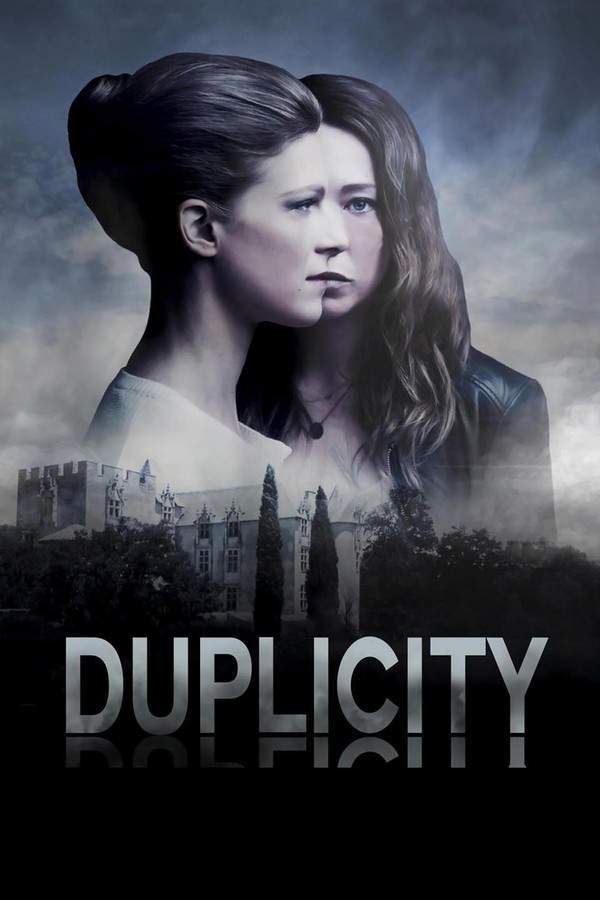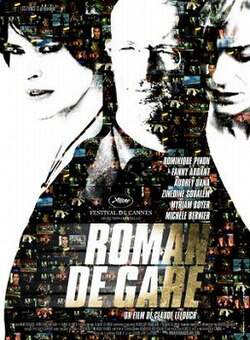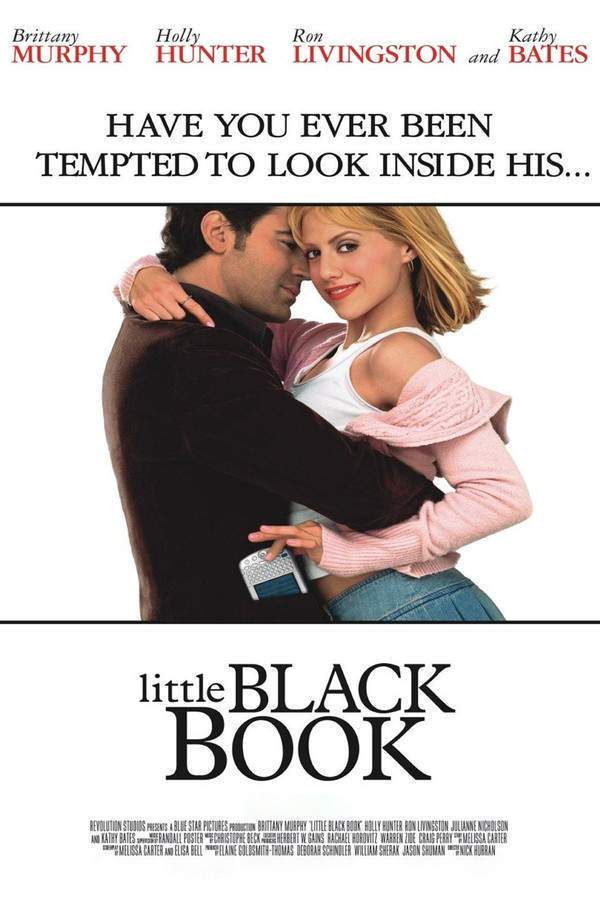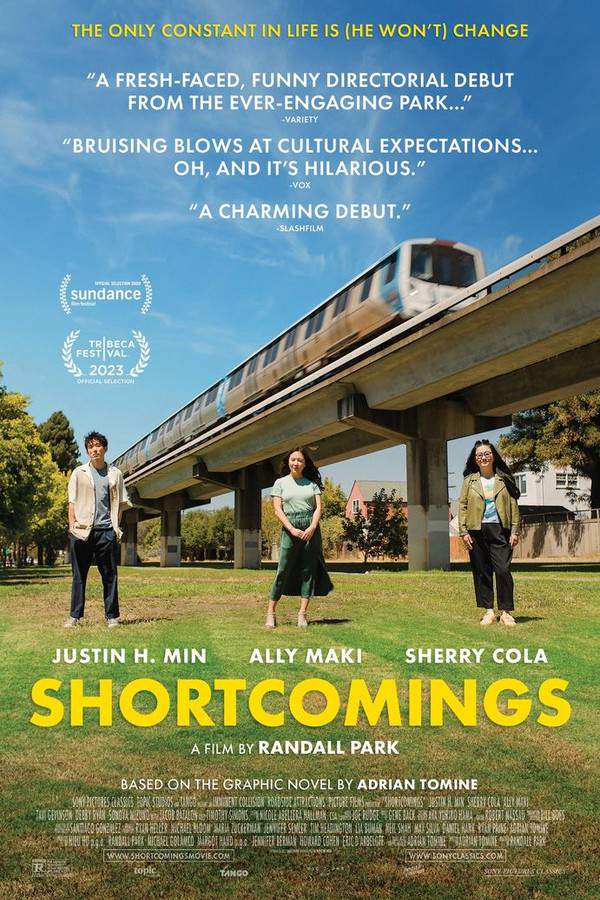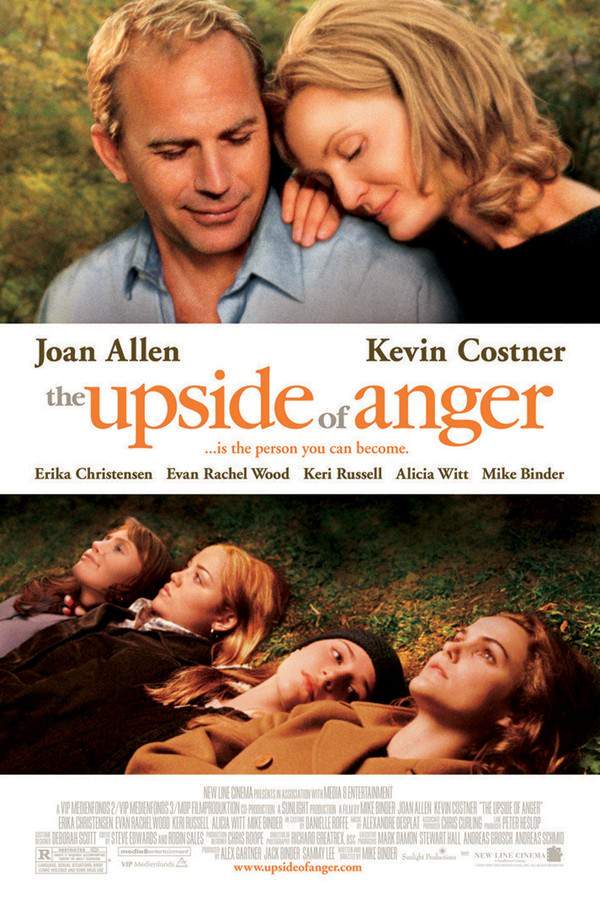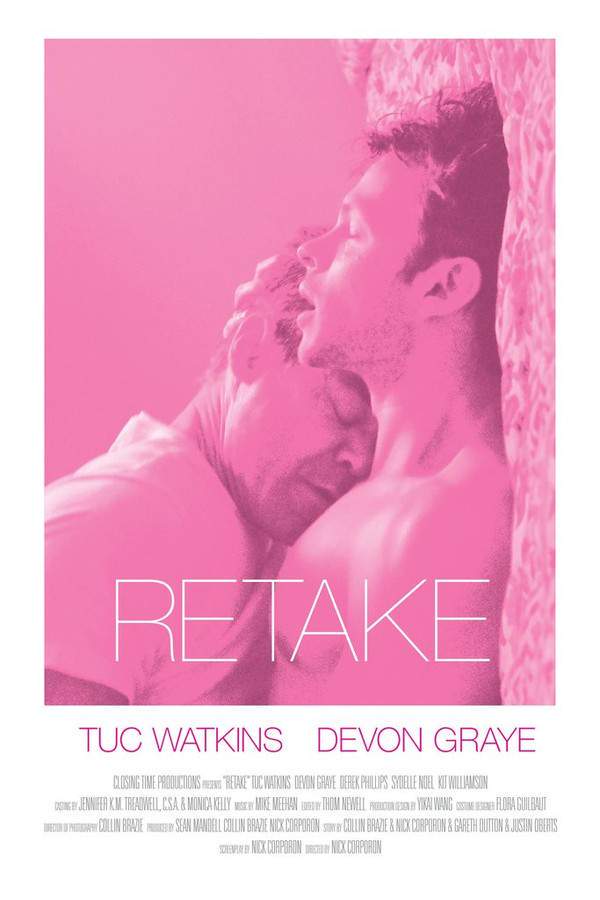
Ugly Me
Year: 2006
Runtime: 118 mins
Language: Spanish
Director: Claudio Dabed
Not exactly love at first sight. A beautiful woman decides to transform into an ugly duckling in an attempt to ward off men and avoid more romantic disappointments.
Warning: spoilers below!
Haven’t seen Ugly Me yet? This summary contains major spoilers. Bookmark the page, watch the movie, and come back for the full breakdown. If you're ready, scroll on and relive the story!
Ugly Me (2006) – Full Plot Summary & Ending Explained
Read the complete plot breakdown of Ugly Me (2006), including all key story events, major twists, and the ending explained in detail. Discover what really happened—and what it all means.
Amanda, Amanda a young architect whose beauty belts danger with ease, lives a life that looks flawless on the surface but hides a volatile core. Her world tilts when she catches her boyfriend Pepe, Pepe in bed with her best friend. The scene unfolds with disbelief, anger, and a shocking escalation: Pepe denies the affair despite Amanda’s certainty, and in a reckless burst of rage she points a shotgun and shoots him in the groin, hoping to end the risk of future cheating once and for all. The confrontation sparks a legal and psychological reckoning. A court assigns a psychiatrist who concludes that Amanda shows no remorse and would likely repeat the act if given the chance. With the verdict hanging over her, she loses her job and decides to leave Santiago behind for Valparaíso, where she rents a six‑month apartment and begins to stitch a new life together.
In Valparaíso, Amanda finds a quiet harbor in a church where she befriends Brother Juan, Gonzalo Robles. Their conversations are intimate and revealing, offering her a sounding board as she tests how far she can bend reality to fit a different self. To shield herself from romance and to fit into a city that doesn’t know her, Amanda undertakes a drastic disguise. She becomes a frumpy, middle‑aged woman with two children, adopting a fat suit, unflattering clothes, buck‑tooth dentures, makeup, and a wig. This transformation allows her to secure a lower‑paying job at a local architectural firm run by Max, Jaime Azócar. At the office she is introduced to Guillermo, Rodrigo Muñoz, a devoted family man; Karen, Amaya Forch, an ambitious, calculating presence; and Marcelo, Marcelo Mazzarello, a charming but self‑interested bachelor. The first encounter with Marcelo is uncomfortable; their mutual aversion hints at a volatile chemistry beneath the surface.
Max assigns Amanda to lead a maintenance investigation at one of their projects, a task that Karen resents from the start. Guillermo and Marcelo accompany her, yet their conversations quickly drift toward women and sex, leaving Amanda to shoulder most of the technical work. A close call nearly exposes her disguise when she checks on a problem, but she narrowly saves the situation by shining her flashlight into Marcelo’s eyes and pressing on. After work, Amanda and Marcelo go out for drinks. In a carefully staged lie, she claims a life that includes two children and lectures Marcelo about the value of genuine love over superficial conquest. Marcelo counters with a blunt view: marriage kills love, and he paints a vivid picture of the woman he claims to want. The cognitive dissonance of their exchange plants seeds for manipulation, and Amanda begins to lean into a more complete persona—“Helena”—to draw Marcelo in.
As Helena, Amanda deepens the ruse and quietly builds trust with Marcelo, while Brother Juan grows increasingly uneasy about the multiplicity of identities she adopts. Marcelo becomes curious about Helena’s life and desires guidance on how to sustain their fragile bond, often seeking advice from colleagues about how to improve the relationship. Karen, sensing vulnerability in her own position, tries to force Amanda into a more traditional domestic script by asking her to bring her “children” to the office. Amanda agrees—and, at Juan’s urging, brings two orphan boys from the church’s orphanage to act as her sons. The sight of Marcelo playing with the boys deepens his attraction to the domestic fiction Amanda has cultivated, and he finds himself drawn to the idea of a family life he previously mocked.
Their secret grows more intimate as Helena and Marcelo share a kiss, and Marcelo confesses a wish for a lasting, dependable home. Marcelo’s attraction to the imagined life deepens, though Amanda’s deception remains the foundation of every moment they share. She uses the dual life to test the boundaries of his faith in her, and Marcelo’s lingering suspicion about Helena’s true identity begins to blur into affection. He tells Max that he feels incredibly fortunate to have a beautiful wife, and Max counsels him to seek a genuine family life rather than chasing fleeting beauty. This tension between appearance and reality becomes the engine of the plot as the two characters negotiate what love means within deceit.
The romance reaches a turning point when Helena convinces Marcelo to embrace a more performative test of trust and vulnerability. Amanda, still partially in disguise, pushes Marcelo to participate in a provocative game: he dresses as a woman and is handcuffed to a bed, while Helena theatrically mimics danger with a fake knife before departing. The police intervene, turning Marcelo into a public joke and transforming private longing into sensational spectacle. The incident reverberates through the workplace and the city, making Marcelo a laughingstock in the press and forcing him to reassess his approach to love and commitment. In the weeks that follow, Marcelo and Karen begin dating more seriously, and engagement seems likely. Amanda is devastated by Marcelo’s shift toward a traditional partnership, yet she reluctantly agrees to stand as Karen’s maid of honor in the wedding.
Brother Juan senses that Amanda’s feelings for Marcelo go beyond the manipulation she has crafted, and he urges her to reveal the truth. She resists, convinced that exposing the deception could destroy the life she has built with Marcelo. The wedding day becomes the ultimate test of whether their connection can survive the truth. As Marcelo delivers his vows, a final slip reveals the ruse: Amanda’s dentures fall out, exposing the smile that matches Helena’s—an unmistakable sign that the two identities are one and the same. The revelation shatters Marcelo’s trust, and he breaks off the engagement with Karen. Yet rather than retreat from the consequences, the story closes with Amanda and Marcelo choosing to commit to a life together. They share a home with a dog, raise three children, and anticipate another baby, suggesting that their bond, though born of deception, has endured and evolved into a durable, if morally complex, partnership. The film remains a provocative examination of identity, desire, and the delicate line between intimacy and manipulation, inviting viewers to consider how far love can travel when built on a carefully constructed self.
Last Updated: October 09, 2025 at 15:12
Explore Movie Threads
Discover curated groups of movies connected by mood, themes, and story style. Browse collections built around emotion, atmosphere, and narrative focus to easily find films that match what you feel like watching right now.
Movies with deceptive identities like Ugly Me
Stories where elaborate deceptions create volatile and intimate relationships.If you liked the tense deception and forced intimacy in Ugly Me, explore similar movies where elaborate lies and hidden identities create volatile relationships. These films often blend romance and drama with psychological tension, focusing on characters performing a role for love or survival.
Narrative Summary
Narratives in this thread typically follow a character who, often due to past trauma or a specific goal, adopts a new identity. The central conflict arises from maintaining this deception within a close relationship, creating a sustained tension between the performed self and genuine emotions, often culminating in a psychological reckoning.
Why These Movies?
These movies are grouped by their shared focus on deception as a core driver of both plot and mood. They create a specific, anxious tension from the constant threat of discovery and explore complex themes of trust, vulnerability, and the performance of love.
Bittersweet rebirth stories like Ugly Me
Character journeys through self-deception toward a complex, bittersweet resolution.For viewers who enjoyed the psychological journey and bittersweet ending of Ugly Me, this section features movies about characters finding a new sense of self after a period of intense deception or trauma. These are cathartic stories where happiness is earned but complicated by the past.
Narrative Summary
The narrative pattern involves a protagonist using a drastic change or deception as a catalyst for personal transformation. The story builds through a tense exploration of identity, culminating in a moment of psychological reckoning where the facade collapses. The ending provides closure and hope, but acknowledges the moral complexity and emotional cost of the journey.
Why These Movies?
These films share a specific emotional arc: a tense, medium-paced build-up of psychological unrest, leading to a cathartic but morally complex resolution. The dominant feeling is bittersweet, balancing the achievement of a goal with the weight of the deception or trauma that made it possible.
Unlock the Full Story of Ugly Me
Don't stop at just watching — explore Ugly Me in full detail. From the complete plot summary and scene-by-scene timeline to character breakdowns, thematic analysis, and a deep dive into the ending — every page helps you truly understand what Ugly Me is all about. Plus, discover what's next after the movie.
Ugly Me Timeline
Track the full timeline of Ugly Me with every major event arranged chronologically. Perfect for decoding non-linear storytelling, flashbacks, or parallel narratives with a clear scene-by-scene breakdown.

Characters, Settings & Themes in Ugly Me
Discover the characters, locations, and core themes that shape Ugly Me. Get insights into symbolic elements, setting significance, and deeper narrative meaning — ideal for thematic analysis and movie breakdowns.

Ugly Me Spoiler-Free Summary
Get a quick, spoiler-free overview of Ugly Me that covers the main plot points and key details without revealing any major twists or spoilers. Perfect for those who want to know what to expect before diving in.

More About Ugly Me
Visit What's After the Movie to explore more about Ugly Me: box office results, cast and crew info, production details, post-credit scenes, and external links — all in one place for movie fans and researchers.




